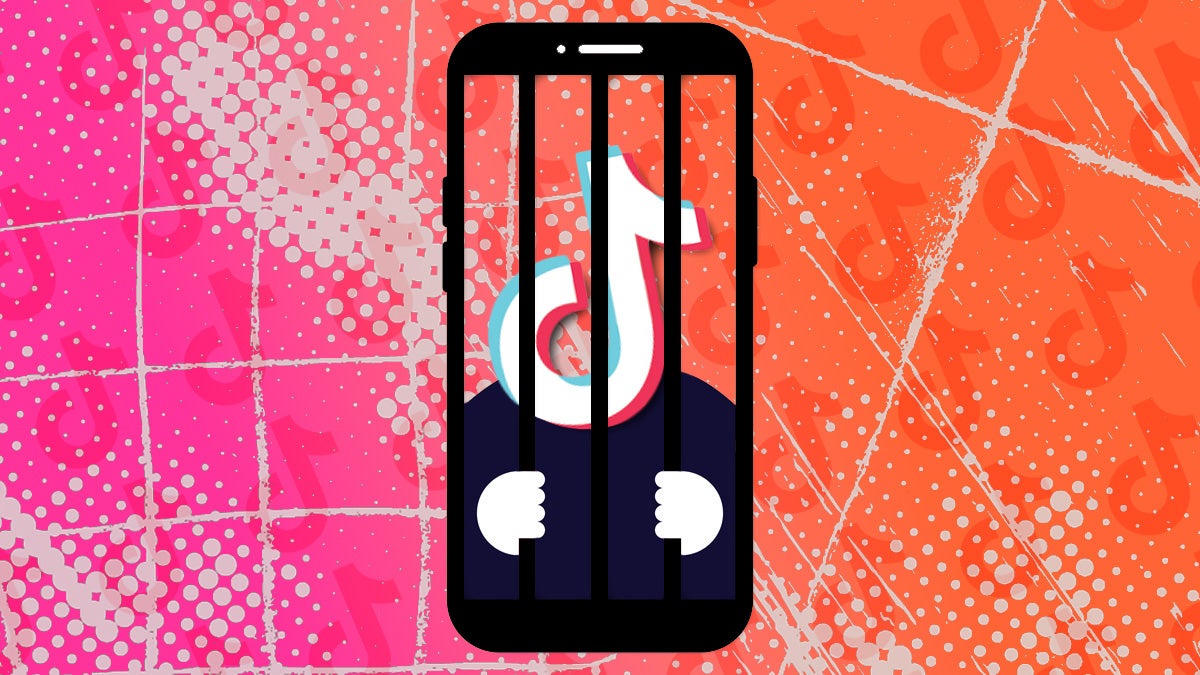
After much controversy over the past few years, an appeals court based in Pennsylvania ruled that TikTok must face a lawsuit over the “blackout challenge.” The controversial TikTok challenge involves using an item to deprive your brain of oxygen and lose consciousness.
It’s estimated to have killed 20 children in 18 months. And now, it looks like the platform is facing a reckoning.
More specifically, the Third Circuit Court of Appeals ruled that TikTok can be held accountable for what users watch.
What did the court say?
Section 230 of the Communication Decency Act 1996 usually protects online platforms from civil liability over user-based content. However, the appeals court ruled that this statute doesn’t apply to TikTok’s FYP (For You Page) because its FYP constitutes the platform’s own “first-party speech” as opposed to the third-party speech protected by this law.
The child at the center of this case is 10-year-old Nylah Anderson. She purportedly died after “unintentionally hanging herself” after seeing the blackout challenge on her FYP. Her mother is attempting to sue TikTok on the grounds of negligence and strict product liability.
Furthermore, in her judgment, Third Circuit Judge Patty Shwartz noted how the appearance of a blackout challenge video on Nylah’s FYP is “not contingent on any user search input.” The implications of this are huge for TikTok and other platforms that rely on algorithmic recommendations because it shows the limits of the Section 230 defense.




